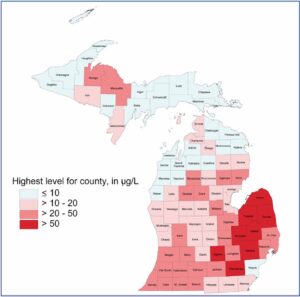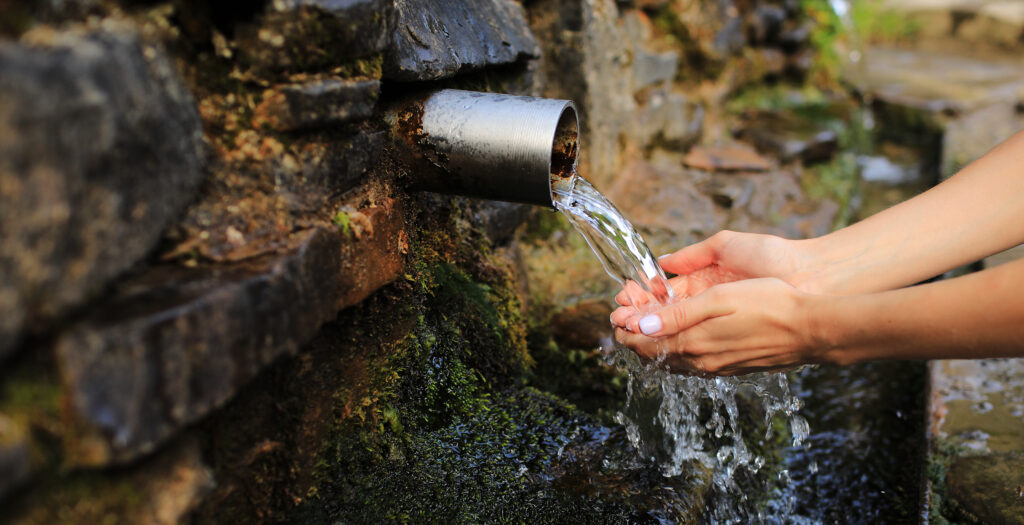The US EPA standard for ppb, MCL (Maximum Contaminant Level) of arsenic in public drinking water wells is 10 Parts Per Billion (10ppb) to protect consumers from the effects of long-term chronic exposure
Human health risks associated with the arsenic contaminant include Cancer of the Bladder, Lungs, Skin, Kidney, Nasal Passages, Liver, and Prostate.

In January of 2001, the EPA adopted this new standard, replacing the old standard of 50ppb. A deadline of 5 years was put in place requiring all water systems to be upgraded to meet these new lower ppb requirements.
This left many Municipalities and Corporations with their own wells, scrambling to install in most cases POE (point of entry) systems which are large and can be expensive. In some cases, POU (point of use) systems were allowed but all other possible drinking points of use had to be labeled Not Fit for Human Consumption.
The EPA identifies the following treatment technologies as Best Available Technologies for removing high levels of Arsenic from drinking water:
1. Anionic Exchange
2. Modified Coagulation/Filtration
4. Modified Lime Softening
5. Iron Oxide Filters
6. Electrodialysis Reversal
7. Activated Alumina
8. Iron Filtration with Greensand
Each of these solutions provide options for removing Arsenic Contaminants from drinking water. It is important to work with a professional company that can guide and direct you towards the solutions that will work best for your commercial setting.
Fliers is your specialist to help remove forms of arsenic from your water source throughout the united states. Reach out to us so we can help you find your water purification solution.





